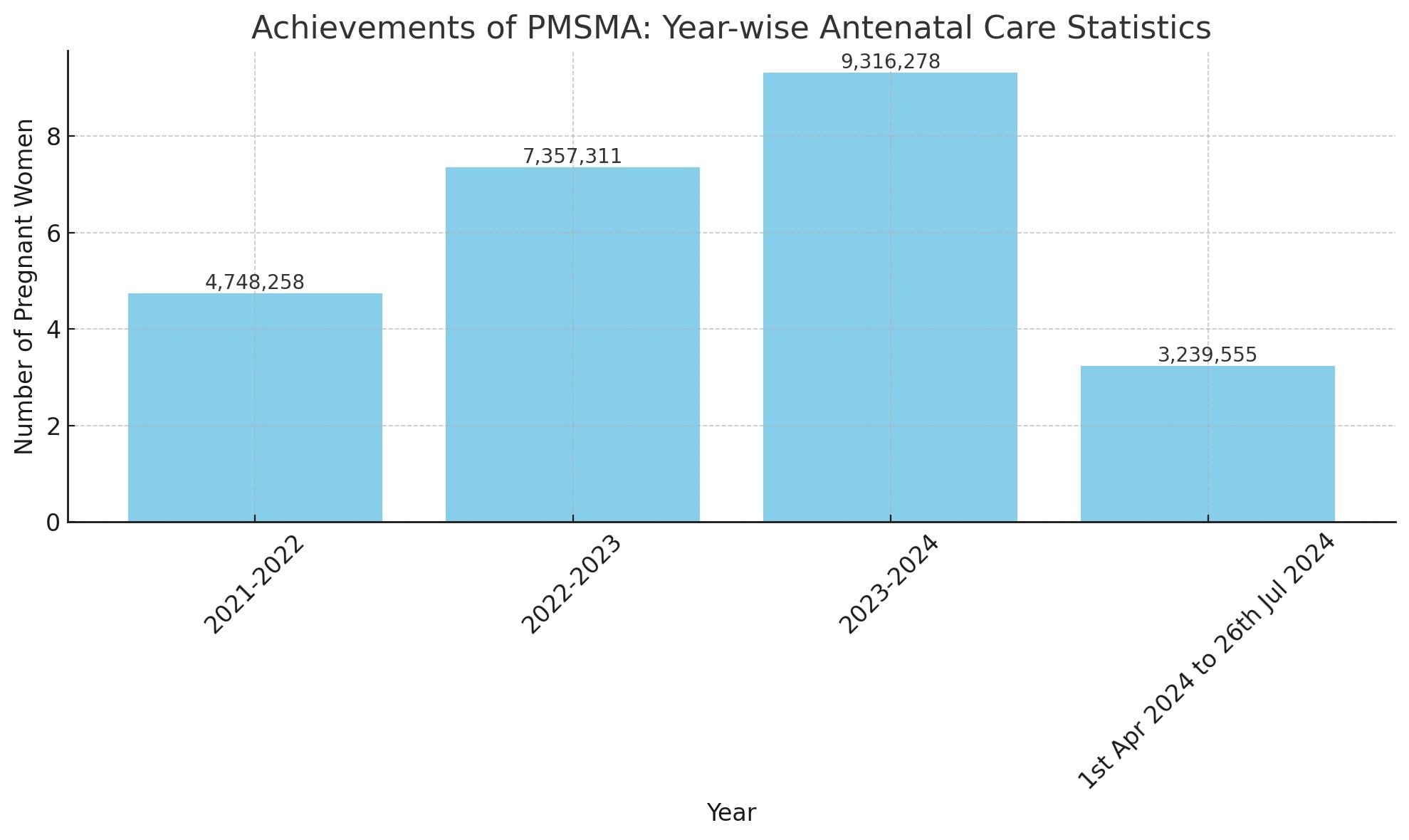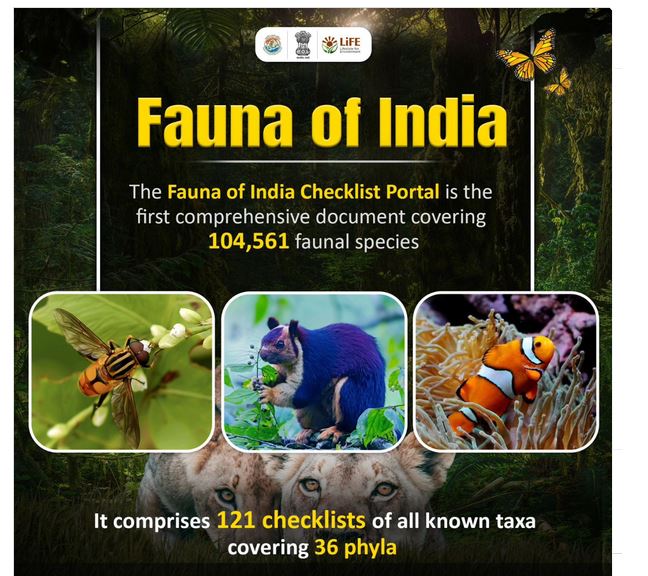Why in the News?
The 25th Prime Minister’s Science, Technology & Innovation Advisory Council (PM-STIAC) meeting was recently held at Vigyan Bhawan Annexe in New Delhi.
Highlights of the 25th PM-STIAC Meet
- The meeting was aimed to discuss robust policy formulation for effective Carbon Capture, Utilization, and Storage (CCUS) in India.
- Focus was on India’s carbon market, carbon credit scheme, and strategies to achieve a 45% reduction in emission intensity by 2030 and Net Zero by 2070.
|
About PM-STIAC
|
Details |
| Objective |
Provide advice on STI policies and oversee implementation of the government’s STI vision |
| Establishment |
2018 |
| Chairperson |
Principal Scientific Adviser (PSA) to the Government of India |
| Composition |
Eminent scientists, technologists, and innovators from various fields |
| Key Roles and Functions |
- Policy Advice
- Inter-Ministerial Coordination
- Project Oversight
- Innovation Ecosystem Promotion
- Global Collaboration
- Public Engagement
- Policy and Program Development
|
| Major Initiatives and Missions |
-
- NM-ICPS: Cyber-Physical Systems Innovation Hubs
- Quantum Frontier Mission: Quantum Technologies
- AI Mission: AI for Inclusive Growth
- Electric Mobility Mission: Promote EVs
- Waste to Wealth Mission: Sustainable Waste Management
- Health and Well-being Mission: Improve Healthcare Delivery
- AGNIi: Accelerating Growth of New India’s Innovations
|
What is Carbon Capture, Utilization, and Storage (CCUS)?
Carbon Capture, Utilization, and Storage (CCUS) is a technology aimed at reducing carbon dioxide (CO₂) emissions from industrial processes and power generation.
It involves three main steps:
- Capture:
- CO₂ is separated and captured from industrial emissions or directly from the air.
- Capture technologies include pre-combustion, post-combustion, and oxy-fuel combustion.
- Utilization:
- Captured CO₂ is converted into useful products such as chemicals, fuels, and building materials.
- Utilization helps in creating economic value from CO₂ and can support the development of a circular carbon economy.
- Storage:
- CO₂ is transported and stored in geological formations such as depleted oil and gas fields, deep saline aquifers, or basalt formations.
- This prevents CO₂ from entering the atmosphere, thereby mitigating climate change.
Significance:
- Climate Change Mitigation: Reduces greenhouse gas emissions, helping to meet climate targets.
- Energy Transition: Supports the transition to low-carbon energy systems.
- Economic Benefits: Generates new economic opportunities through the creation of new markets for CO₂-derived products.
Policy Initiatives for CCUS in India
- National Hydrogen Energy Mission (2021):
- Launched in 2021, the mission aims to promote the production and use of green hydrogen, with CCUS being a crucial component for producing blue hydrogen from natural gas.
- Department of Science and Technology (DST) Initiatives:
- DST has funded various research projects focusing on developing CCUS technologies since the early 2000s.
- Projects include capturing CO₂ from industrial sources and converting it into valuable products like methanol and synthetic fuels.
- National Carbon Capture, Utilization & Storage Policy Framework and Its Deployment Mechanism (2020):
- Established in 2020, the framework aims to create a roadmap for deploying CCUS technologies across various sectors.
- It focuses on enhancing research, development, and demonstration (RD&D) activities and creating enabling regulatory and policy environments.
- Industry Collaborations:
- Collaborations with industries such as Oil and Natural Gas Corporation (ONGC) and Bharat Petroleum Corporation Limited (BPCL) for pilot projects on CCUS.
- Public-private partnerships to foster innovation and scale up CCUS technologies have been ongoing since the 2010s.
- International Collaborations (CSLF, 2003):
- India joined the Carbon Sequestration Leadership Forum (CSLF) in 2003, which promotes international collaboration on CCUS technology development.
- Collaborations with countries like the United States and the United Kingdom for knowledge sharing and technical support.
- Green Energy Corridors (2015):
- Integration of CCUS with renewable energy initiatives to ensure a sustainable and low-carbon energy mix.
- Established in 2015, this initiative supports developing infrastructure for transporting and storing captured CO₂.
PYQ:
[2020] Which one of the following statements best describes the term ‘Social Cost of Carbon’?
(a) It is a measure, in monetary value, of the long-term damage done by a tonne of CO2 emissions in a given year.
(b) Requirement of fossil fuels for a country to provide goods and services to its citizens, based on the burning of those fuels.
(c) Efforts put in by a climate refugee to adapt to live-in a new place.
(d) Contribution of an individual person to the carbon footprint on the planet Earth. |



